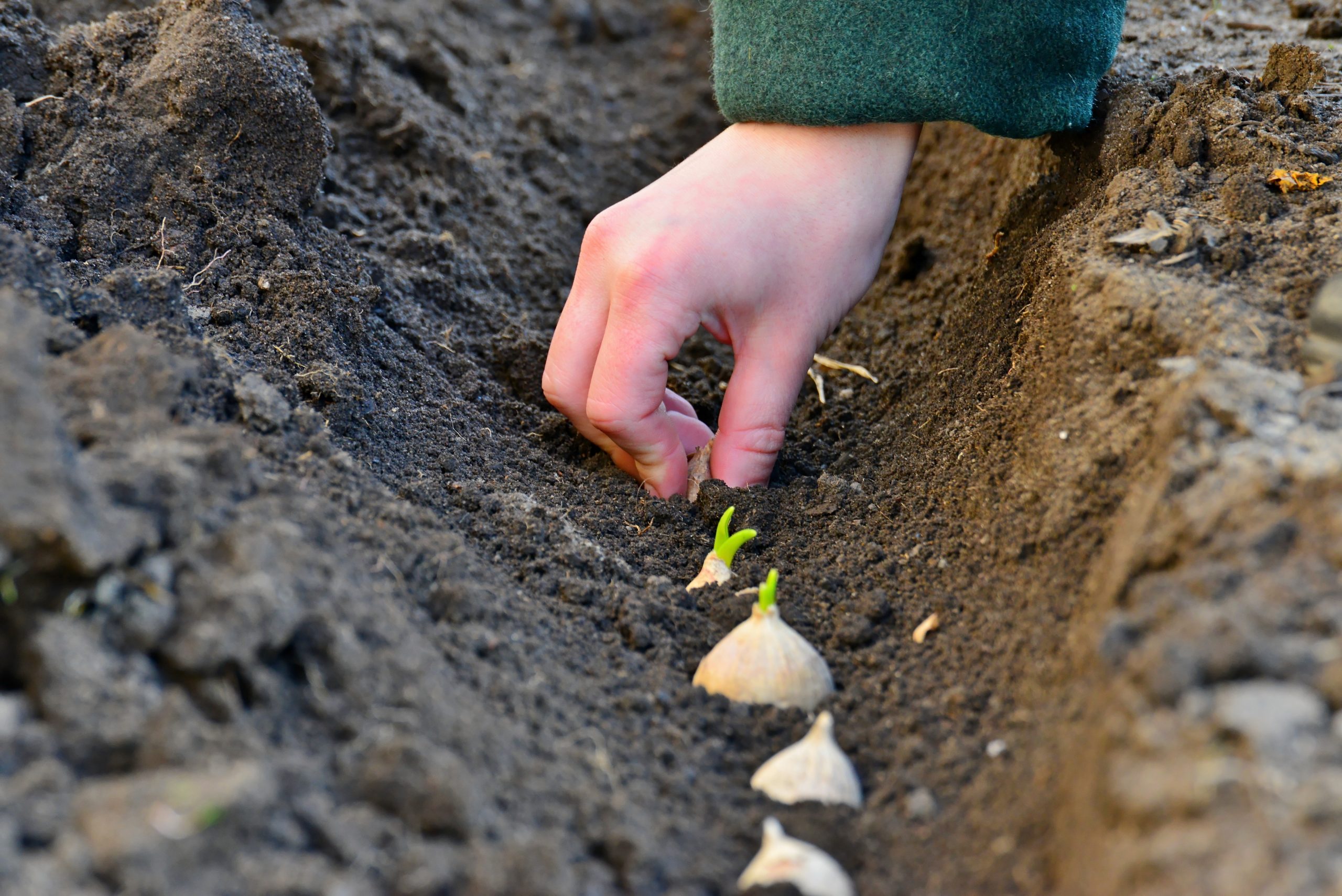
Planting Garlic Bulbs
6 October 2025 +Garlic is one of the easiest and most rewarding crops to grow in your garden. Whether you’re a seasoned gardener or just starting out, planting ...

For gardeners, the itch to get started as early as possible is real. The sight of a thawing garden bed, the longer daylight hours—it’s all so tempting! But timing is everything. When it comes to planting, especially in colder regions like the Maritimes, patience pays off.
The golden rule is to wait until after the last frost date before doing any major planting. This date variers by region, but for much of Maritimes, it typically falls in the second half of May. In some areas, frost can still be a risk into early June. In fact, many seasoned gardeners play it safe and wait until after the full moon in June.
If you’re eager to get a jump on the season, starting seeds indoors is a great option. Not all seeds need or want a head start inside, but some absolutely benefit from it. The seed packet is your best friend here—follow its timing suggestions carefully.
New to indoor seed starting? Begin with beginner-friendly plants like sweet peas or marigolds. A simple trick when choosing seeds: give the packet a shake. Larger seeds tend to be easier to germinate, making them a great choice for those just starting out.
Not all veggies thrive when started indoors. Some, especially root vegetables, don’t like being transplanted because their roots are easily disturbed. These should go straight into the garden once the soil is ready. Think carrots, radishes, and beets.
Others, particularly heat-loving plants or those with a long growing season, benefit from being started inside. These include:
These plants are either sensitive to cold or need extra time to mature, so giving them a head start indoors is beneficial. For more information on starting seeds indoors, check out Starting Seeds Indoors Using Peat Pellets.
Once your seedlings have outgrown their starter trays or small pots, it’s time to think about transplanting. If it’s still too chilly to plant them outdoors, move them to slightly larger containers and keep them growing indoors.
About a week before planting them in the garden, begin the “hardening off” process—this means gradually introducing them to outdoor conditions. Set them outside for a few hours each day, slowly increasing their exposure to wind, sun, and cooler temperatures. This helps prevent transplant shock and toughens them up for life in the garden.
Gardening is as much about timing as it is about technique. While it can be tough to wait, especially when the spring sun is shining, resisting the urge to plant too early can mean the difference between thriving plants and a garden full of frost damage. So, start indoors when it makes sense, wait for the frost-free dates, and you’ll be rewarded with a strong, healthy garden all season long.